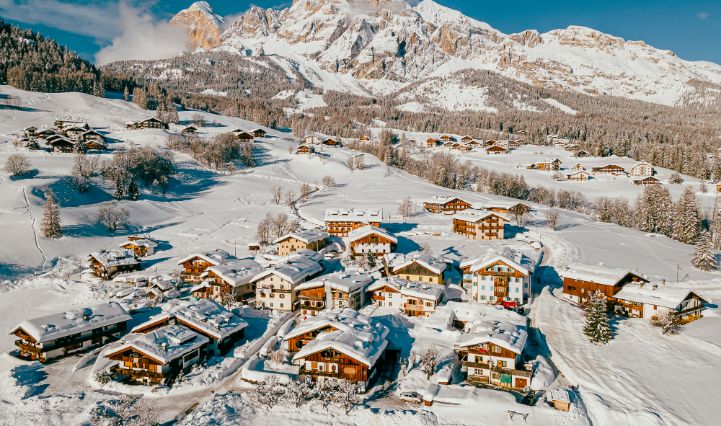
When Beijing secured the bid to host the 2022 Winter Olympics, China’s leader, Xi Jinping, encouraged the populace to embrace winter sports enthusiastically. This led to the construction of new resorts. The government claims that around 300 million Chinese citizens (from a population of 1.4 billion) have participated in winter sports since 2015. Although this figure may be exaggerated, the campaign appears to resonate more with middle-class Chinese than other more ideologically driven initiatives.
“If sports are strong, a nation is strong,” Xi Jinping has stated. China secured just one gold medal at the 2018 Winter Olympics, but this number rose to nine in 2022. Part of this success was due to the naturalization of foreign athletes, such as Eileen Gu, an American-born freestyle skier who chose to compete for China and became a prominent figure during the Beijing games. She won two gold medals at the Olympics and another victory at the Freestyle Skiing World Cup in December, held in China.
However, the government’s push for winter sports extends beyond medal acquisition. China’s latest five-year plan includes targets for increased participation in sports and physical exercise, aiming primarily to enhance public fitness. In 2020, the National Health Commission reported that about half of China’s population is overweight. Additionally, the state hopes to encourage Chinese holidaymakers to spend their money on domestic activities, like skiing.
Most Chinese skiers are beginners, so there are few complaints about the country’s ski destinations, which typically feature small slopes with gentle inclines. The largest Chinese resorts are comparable to small European ones. At Mission Hills, more space is dedicated to photo opportunities and arcade games than to skiing. However, those who conquer its simple run can anticipate the opening of the world’s largest indoor ski center in Shenzhen in 2025.
For now, Chinese skiers seeking more challenging terrain might look to Xinjiang in the northwest, with its high mountains and lengthy winters. Xinjiang boasts 64 ski resorts, nearly 10% of China’s total. According to Xinhua, the state news agency, visitors to the skiing haven of Altay increased six-fold over the five years leading up to 2022. While this tourism surge boosts the local economy, it also diverts attention from the human rights abuses that the government has perpetrated in Xinjiang over the past decade.






